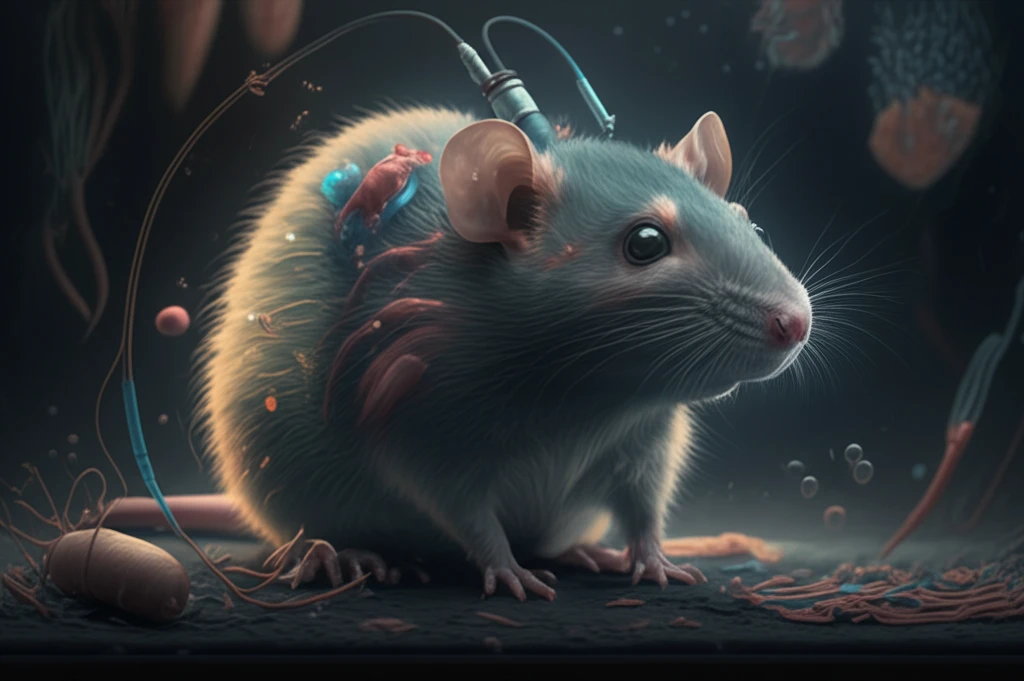
Sciatic Nerve Compression: Can Cryotherapy Offer Muscle Relief?
"Exploring the impact of cryotherapy on muscle tissue after sciatic nerve compression in Wistar rats"
Sciatic nerve compression can lead to a cascade of problems, including muscle weakness and atrophy. Peripheral neuropathies are common injuries, often stemming from trauma or surgical procedures, significantly impacting mobility and function, with substantial economic implications. Understanding effective treatments for these conditions is crucial for improving patient outcomes and reducing healthcare burdens.
The study of sciatic nerve compression in rats provides an easily accessible model for the assessment and treatment of peripheral nerve injuries in lower limbs. While the compression can lead to changes in sensibility and muscle hypotrophy, as seen within days of the injury, muscles begin spontaneous recovery which makes it hard to observe these effects. Without appropriate nerve regeneration, tissues may be replaced with conjunctive, leading to loss of function. The importance of therapeutic interventions becomes evident.
Cryotherapy, the application of cold, has emerged as a potential treatment. By reducing local blood flow, metabolic rate, and nerve conduction speed, cryotherapy aims to mitigate inflammation, pain, and edema. As an easily accessible and low-cost option, cryotherapy warrants investigation into its impact on muscular tissue following nerve injury, to understand if it can promote effective and structural changes.
How Does Cryotherapy Affect Muscle Tissue After Nerve Compression?

Researchers aimed to evaluate the effects of sciatic nerve compression and cryotherapy on muscle tissue. The study involved 42 male Wistar rats divided into seven groups: a control group, three injury groups (3, 8, and 15 days post-compression), and three cryotherapy groups (3, 8, and 15 days post-compression).
- Functional Assessment: Grasping strength of the right pelvic limb was measured to evaluate muscle function.
- Muscle Tissue Analysis: The right tibialis anterior muscles were assessed for mass, smaller diameter, and cross-sectional area.
- Hydroxyproline Measurement: In Cryotherapy Injury 8 and 15 groups, hydroxyproline levels in the right soleus muscles were quantified to assess collagen content.
Key Takeaways and Future Directions
The research indicates that nerve damage from sciatic nerve compression leads to decreased muscle strength and trophism. Cryotherapy appears to delay hypotrophy, but this effect does not persist after treatment cessation. While cryotherapy shows promise in mitigating muscle atrophy, its benefits seem temporary. Future studies should explore more extensive cryotherapy protocols and evaluate inflammatory markers to gain a more comprehensive understanding of its therapeutic potential.
